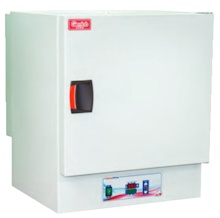
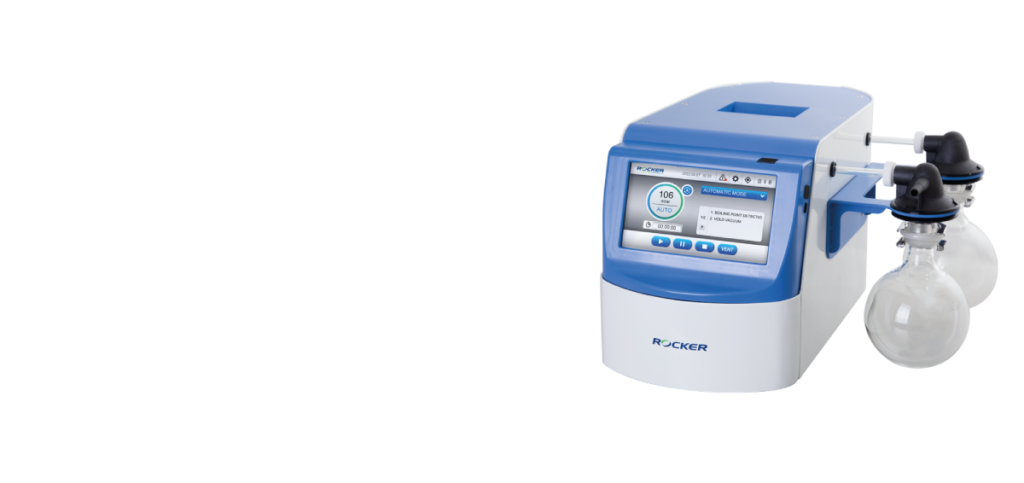
NEW
DC Chem 10 Pro
Auto
-Pilot Your Vacuum Path
Zero lag, direct control of pump speed to achieve precise vacuum
Zero lag, direct control of pump speed to achieve precise vacuum
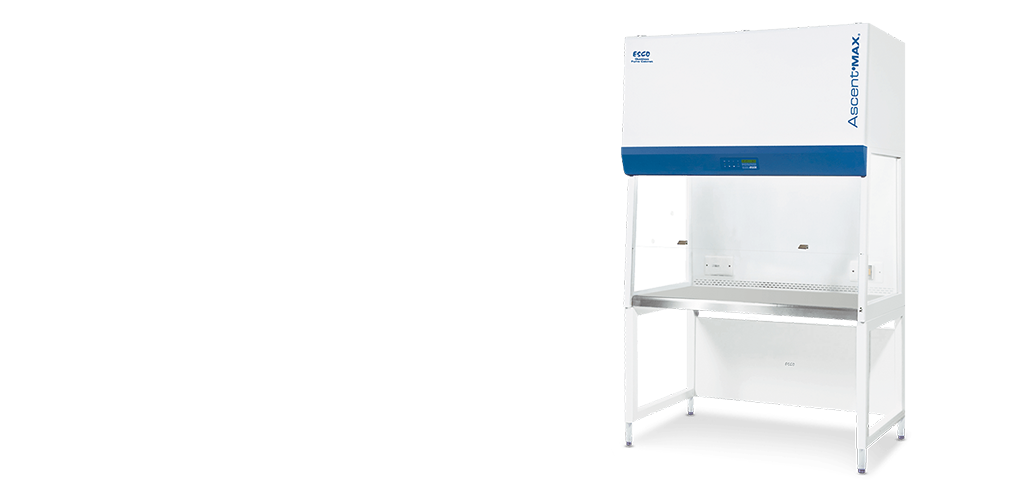
Ducted & Ductless
FUME HOODS
Superior Containment
And Performance
Complies with ASHRAE 110 and EN 14175 standards.
And Performance
Complies with ASHRAE 110 and EN 14175 standards.
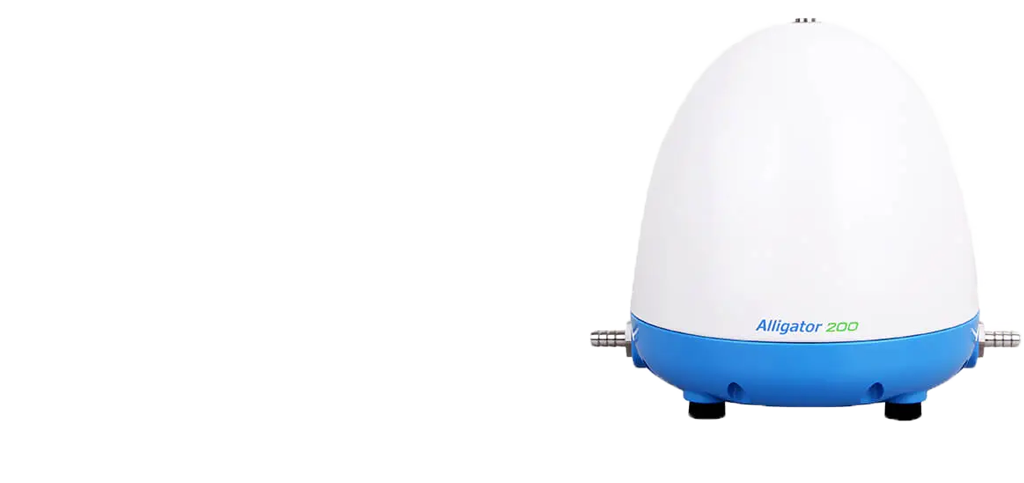
Award Winning
Alligator 200
Diaphragm Liquid Pump
Time saving, Easy to use, space-saving, and safe.
Time saving, Easy to use, space-saving, and safe.
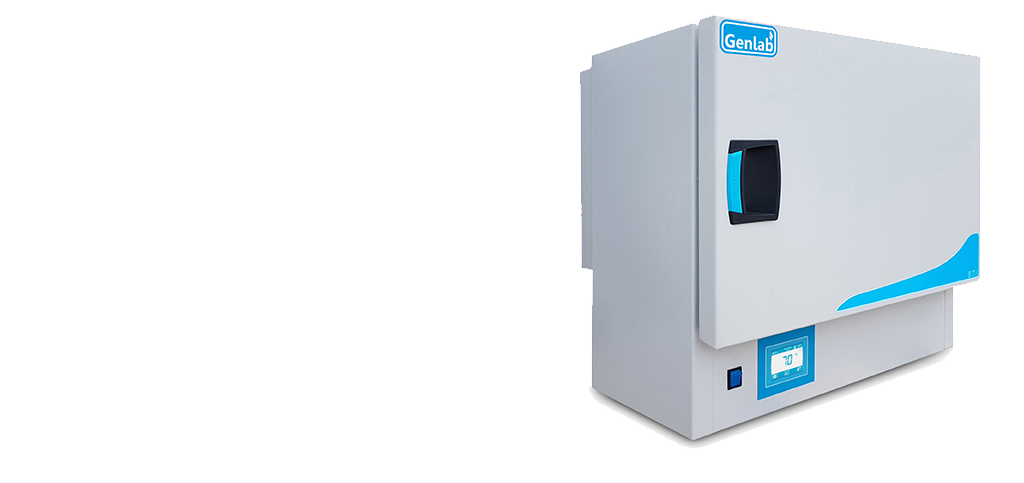
OHAUS
BALANCES
BALANCES
This Months
Special Offers
Special Offers
Featured Lab Equipment

Featured Product
LAB INCUBATORS
Digital range of Benchtop Incubators offer a range of highly efficient, reliable, cost effective units to suit most biological analysis, research and general laboratory applications.





